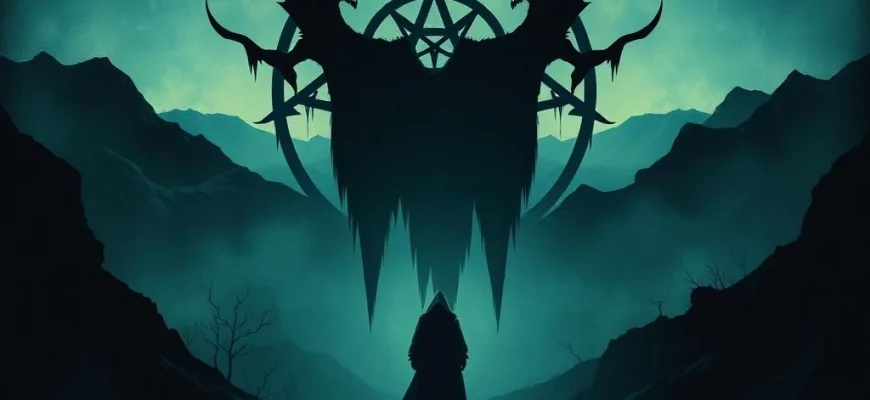If you were captivated by the eerie and surreal world of 'Häxan' (1922), this article is for you. We've curated a list of 10 movies and shows that share its dark, mystical, and visually stunning qualities. Whether you're a fan of silent horror, occult themes, or avant-garde filmmaking, these recommendations will transport you to similarly haunting realms.

The Cabinet of Dr. Caligari (1920)
Description: A pioneering work of German Expressionism, featuring surreal, distorted sets and a nightmarish atmosphere that delves into themes of madness and control.
Fact: The film's twist ending was one of the first of its kind in cinema, influencing countless psychological thrillers. The exaggerated, painted sets were designed to reflect the characters' inner turmoil.
 Watch Now
Watch Now 
Nosferatu (1922)
Description: An unauthorized adaptation of Dracula, this silent horror film uses shadow and eerie visuals to create a haunting, otherworldly tone, exploring themes of disease and the supernatural.
Fact: The film was almost lost forever due to a lawsuit from Bram Stoker's estate, which ordered all copies destroyed. Max Schreck's portrayal of Count Orlok remains one of the most iconic vampire performances.
 Watch Now
Watch Now 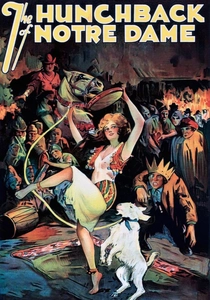
The Hunchback of Notre Dame (1923)
Description: A tragic Gothic tale with elaborate sets and a focus on societal outcasts, blending horror elements with deep emotional resonance.
Fact: Lon Chaney's transformative makeup as Quasimodo took hours to apply and was incredibly painful. The film's massive Notre Dame set was one of the largest ever built at the time.
 Watch Now
Watch Now 
The Hands of Orlac (1924)
Description: A psychological horror film exploring themes of identity and guilt, with a protagonist tormented by the possibility that his new hands carry a murderer's impulses.
Fact: The film's premise has been remade multiple times, including as 'Mad Love' in 193The use of close-ups to convey the protagonist's paranoia was highly innovative.
 Watch Now
Watch Now 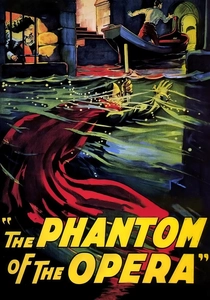
The Phantom of the Opera (1925)
Description: A visually opulent horror film with a disfigured, tragic villain, set in a grandiose yet shadowy opera house, exploring themes of obsession and beauty.
Fact: Lon Chaney designed his own makeup for the Phantom, creating one of cinema's most iconic reveals. The film's unmasking scene reportedly caused audiences to faint in theaters.
 Watch Now
Watch Now 
Faust (1926)
Description: A visually stunning adaptation of the German legend, filled with dark, fantastical imagery and a moral struggle between good and evil.
Fact: The film's special effects, including a giant demonic figure looming over a town, were groundbreaking for the time. It was one of the most expensive German films of the silent era.
 Watch Now
Watch Now 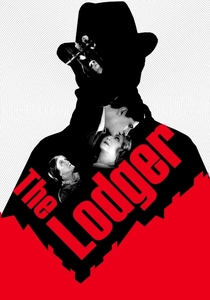
The Lodger: A Story of the London Fog (1927)
Description: A suspenseful thriller with a shadowy, atmospheric portrayal of London, focusing on suspicion and the fear of the unknown, much like the tension in psychological horror.
Fact: This was Alfred Hitchcock's first thriller and introduced many of his signature themes. The use of visual storytelling, such as a glass ceiling shot, was highly innovative.
 Watch Now
Watch Now 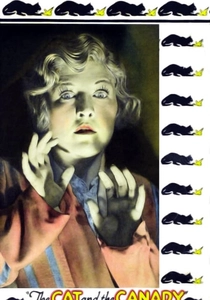
The Cat and the Canary (1927)
Description: A blend of horror and comedy, this film uses Gothic atmosphere and a spooky mansion setting to create tension, while also playing with genre conventions.
Fact: It was one of the first films to establish the 'old dark house' trope, later popularized in countless horror movies. The film's success helped launch the horror-comedy subgenre.
 Watch Now
Watch Now 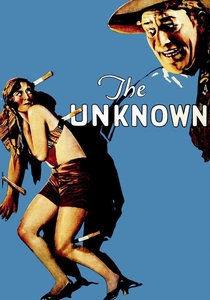
The Unknown (1927)
Description: A dark, twisted tale of obsession and physical deformity, featuring a protagonist who hides a shocking secret and a narrative filled with psychological tension.
Fact: Lon Chaney performed his own stunts, including a famous scene where he appears armless. The film's exploration of body horror was ahead of its time.
 Watch Now
Watch Now 
Vampyr (1932)
Description: A dreamlike horror film with a focus on atmosphere and psychological dread, using innovative cinematography to blur the line between reality and nightmare.
Fact: The director used a partially fogged lens to create the film's ethereal, ghostly visuals. Many scenes were shot on location in an actual castle, adding to the eerie authenticity.
 Watch Now
Watch Now 
